Significance of Perils on a Hero’s Journey
The ill-fated or doomed hero’s journey is a narrative framework that has stood the test of time, transcending cultures and generations. This storytelling structure serves as a universal template for character development. At its core, the journey encapsulates the transformation of an ordinary man into a hero, a process that resonates deeply within the human experience. This archetypal narrative which has been present for many centuries is clearly evident in the works of Desouza of Vegas.
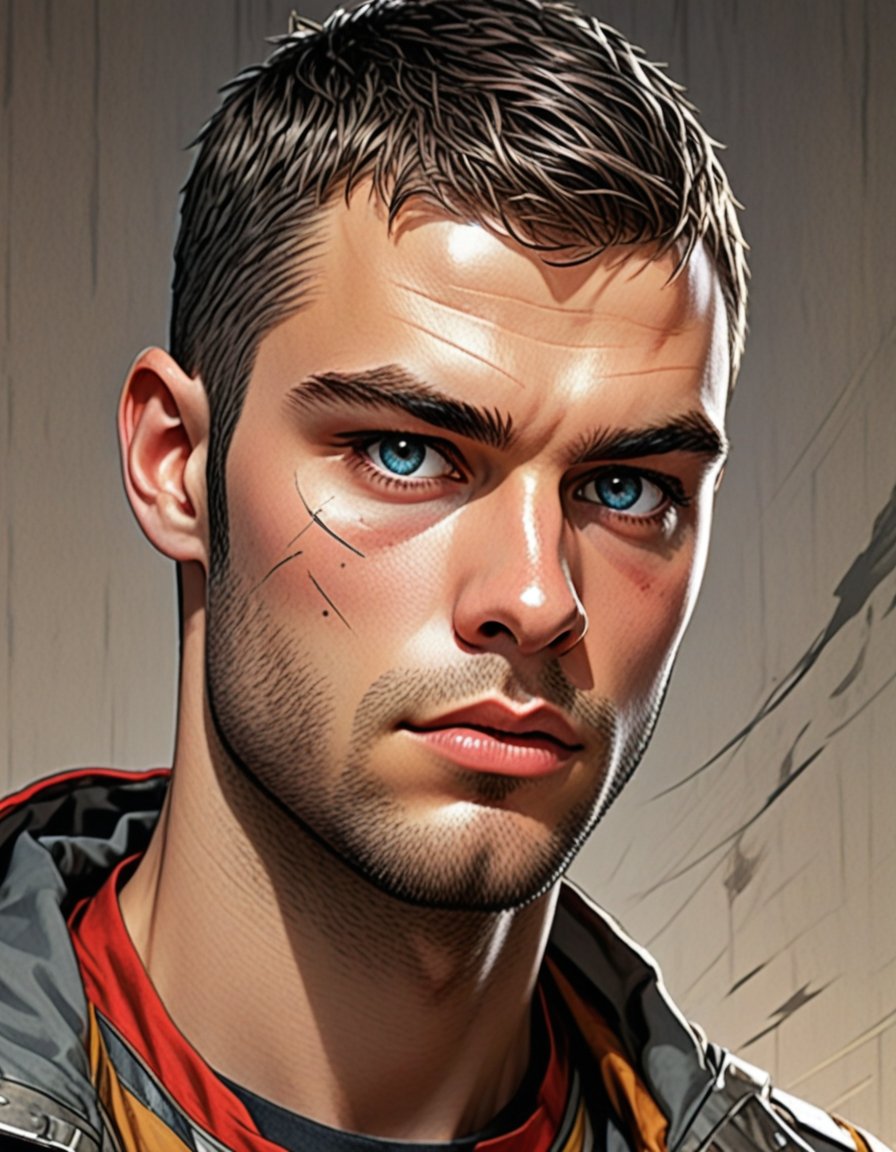
The journey of the hero typically begins with a call to adventure, wherein he is summoned to leave his familiar surroundings and embark on a quest for some important reason. This fateful call disrupts the hero’s ordinary life, presenting challenges for him that foster personal growth and transformation into someone who lost their childhood innocence. As the hero navigates through trials and tribulations, he encounters mentors, allies, and adversaries, each playing a crucial role in shaping their destiny. This aspect of the hero’s doomed journey enables content creators to explore the complexities of human emotions and experiences, illustrating the strength found in vulnerability and the importance of perseverance in the face of adversity.
Classic Themes of Heroism and Challenges
The exploration of heroism through this key theme has been a cornerstone of human life since ancient times. For centuries the general public has approached these subjects as entertainment. The viewers have the privilege of taking on three different roles within the dances of death since a hero’s loss of his life is often the ultimate end of his quest.
One role is that of the captive or prisoner who is vulnerable and helpless. The second is to be in the role of the executioner or the one who inflicts cruelty upon a man. The third is the voyeur attracted irresistibly to the public spectacle of unfairness and cruelty. Should viewers choose empathy and pity, detachment, or to revel in the pleasures of masculine demise?
As audiences witness their hero’s journey through adversity, they find a reflection of their own challenges, allowing for a deeper emotional connection to the story.
Through the themes of courage, sacrifice, and the battle against overwhelming odds, narratives from Desouza of Vegas foster a shared understanding of heroism and its complexities. These classic themes not only create compelling stories but also reflect the human spirit’s ability to triumph over adversity.
The Unjust World: Setting the Stage
In the narrative landscape of storytelling and art, the theme of injustice frequently plays a pivotal role, particularly in the journey of the hero. This motif serves to illuminate the complexities of human existence, where innocent characters often find themselves ensnared in unjust circumstances that highlight deeper societal flaws. Such scenarios are not merely fiction; they serve as poignant reflections of the struggles faced in the real world, ultimately resonating with audiences on multiple levels.
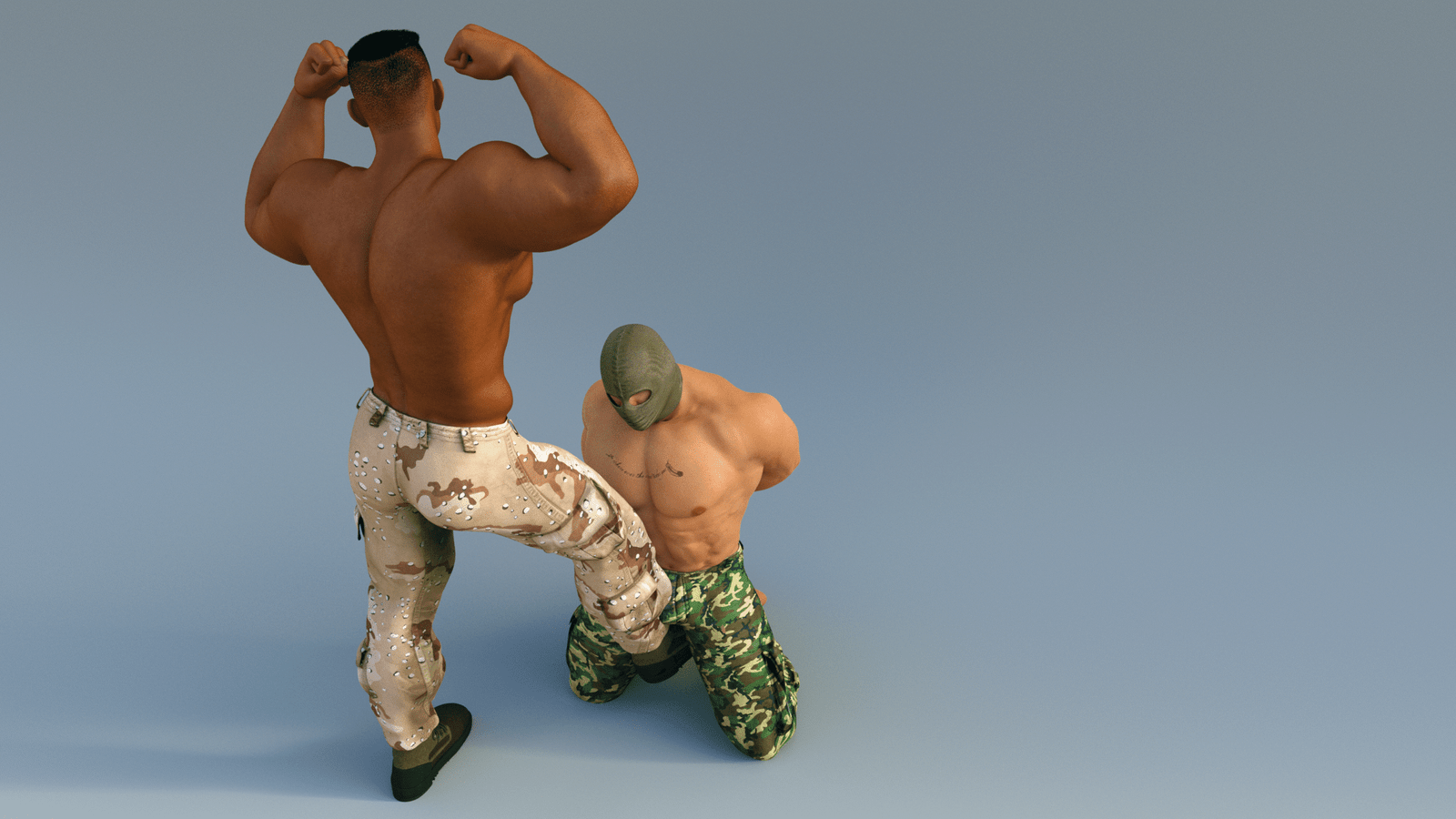
A key aspect of the hero’s quest is the initial predicament that typically befalls the protagonist. This could manifest as a wrongful accusation, a severe misfortune, or the arbitrary cruelty of a societal structure that favors the powerful. These setbacks serve to enhance the narrative tension as heroes grapple with moral dilemmas that challenge their beliefs and values. It is in these unjust situations that the essence of their character is revealed, showcasing their resilience and determination to stand against adversity.
Moreover, these narratives often address the broader implications of systemic injustices, prompting audiences to reflect on their own socio-cultural environments. The themes of oppression, unequal power dynamics, and the struggle for justice are not merely plot devices; they are crucial calls to awareness and social action. Characters embroiled in these scenarios often symbolize the marginalized voices within society, drawing attention to the need for empathy and understanding.
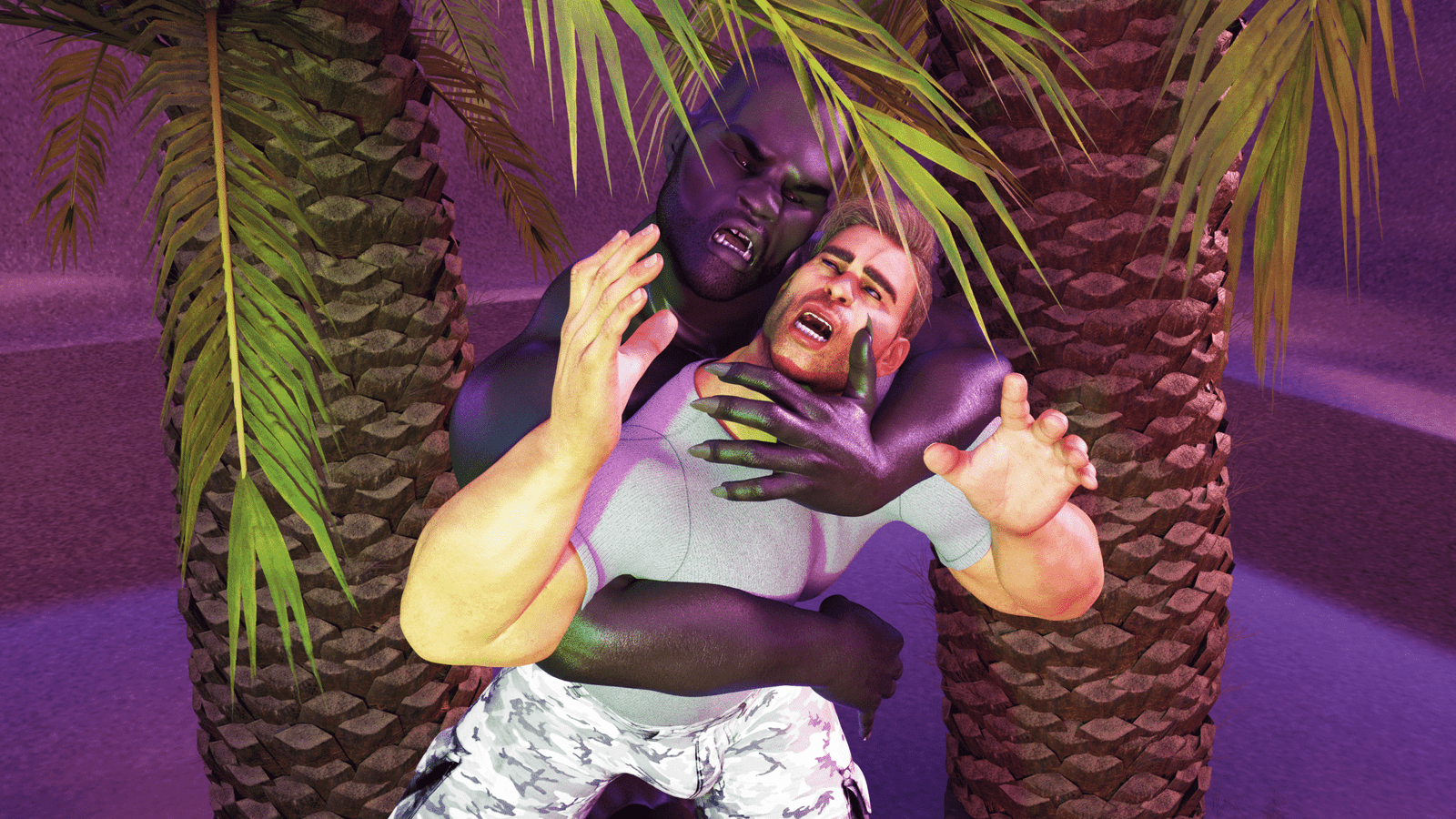
Ultimately, the portrayal of injustice in the hero’s journey not only amplifies the internal and external conflicts faced by these characters, but also serves as a conduit for discussing moral and ethical implications that permeate our world. Through their struggles, audiences are invited to confront their own perceptions of justice and injustice, making the quest not just a path leading to personal redemption, but also a powerful reflection of societal issues that demand attention.
Character Development: The Transformative Experience
Within Desouza of Vegas works, his careful development of male characters is a pivotal aspect of storytelling, particularly within the framework of the hero’s quest. As protagonists encounter challenges, their character arcs evolve, leading to significant transformations that encapsulate the essence of his journeys. Through adversity, heroes are compelled to confront their own limitations and fears, catalyzing personal growth and self-discovery. This transformative experience often reshapes a hero’s identity and moral compass, compelling the audience to engage deeply with their struggles and triumphs.
The hero’s journey typically begins with an ordinary existence, where the character may exhibit flaws or uncertainties. When faced with a formidable challenge, the hero often experiences a crisis that prompts introspection and, ultimately, a reassessment of their values. These moments of adversity serve as crucial catalysts for change, compelling the hero to adapt and evolve. The psychological journey is marked by various trials that test their resolve and dedication, enabling them to glean wisdom and develop resilience. For instance, a hero who initially possesses a narrow perspective may learn to embrace empathy and understanding as they confront injustice or betrayal.
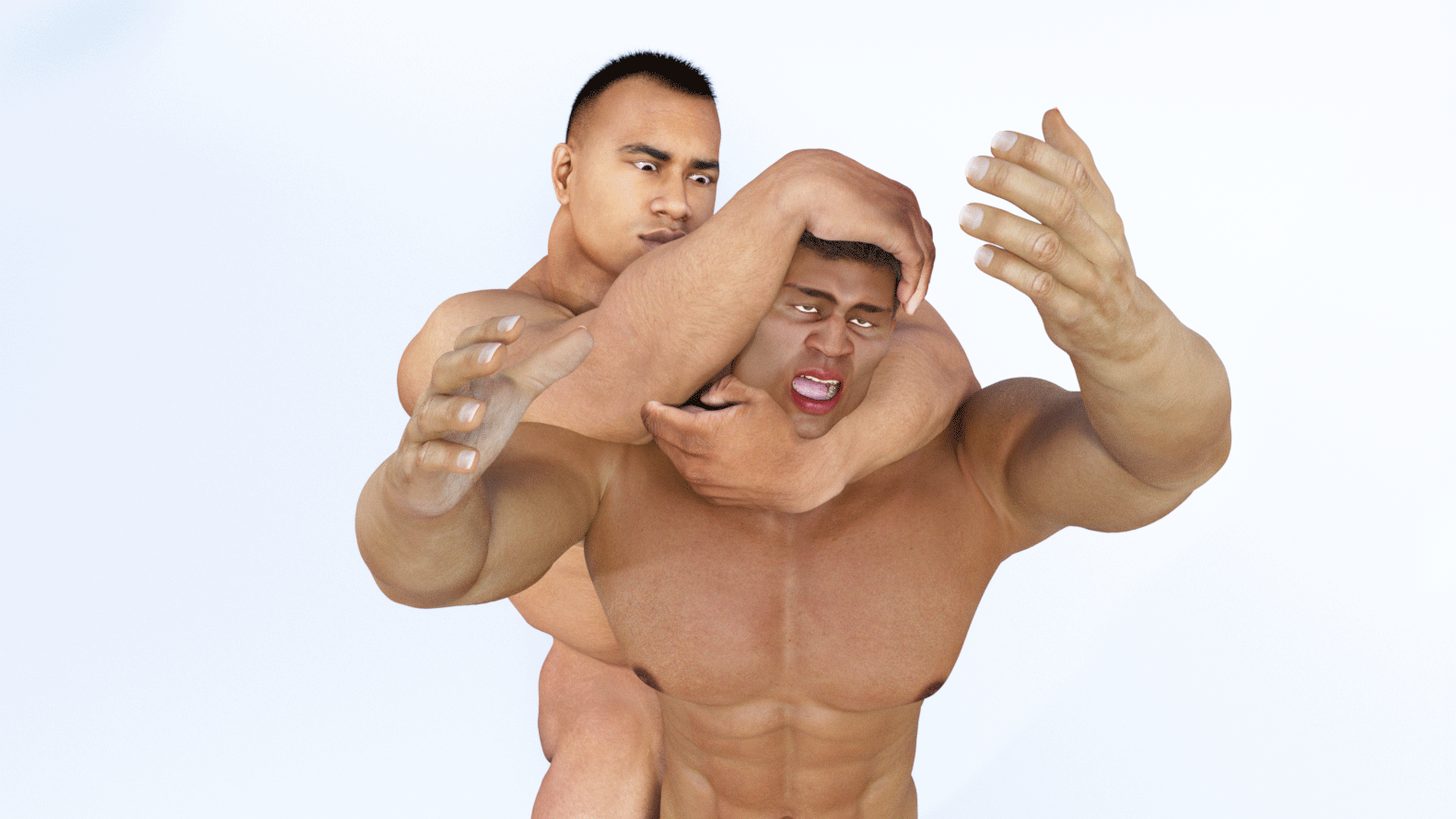
Throughout the narrative, the hero’s interactions with supporting characters can further illuminate this transformative process. Allies often serve as mirrors, reflecting the hero’s internal struggles and prompting them to confront uncomfortable truths. Conversely, antagonists may symbolize the very challenges the hero must overcome, reinforcing the conflict that drives his evolution. As the quest unfolds, each encounter contributes to a richer understanding of the hero’s purpose, instilling a nuanced moral framework that ultimately defines him.
In essence, the journey of self-discovery within the hero’s quest embodies not just the pursuit of external objectives, but also an exploration of his identity and values, ultimately showcasing how challenges lead to profound transformation.
Masculinity in Peril: A Contemporary Lens
The representation of masculinity in contemporary narratives often reflects a complex and shifting landscape, particularly within the framework of the hero’s quest. Traditionally, male characters have been portrayed as embodying strength, stoicism, and an unwavering resolve. However, recent storytelling trends emphasize a more nuanced understanding of male vulnerability and the pressures men face in modern society. This shift invites audiences to reconsider the archetypal hero’s journey, where courage is not solely defined by physical prowess but also by emotional resilience and openness to growth.
In exploring this contemporary lens, one can draw insight from Desouza of Vegas, who addresses the dichotomy inherent in male identity.
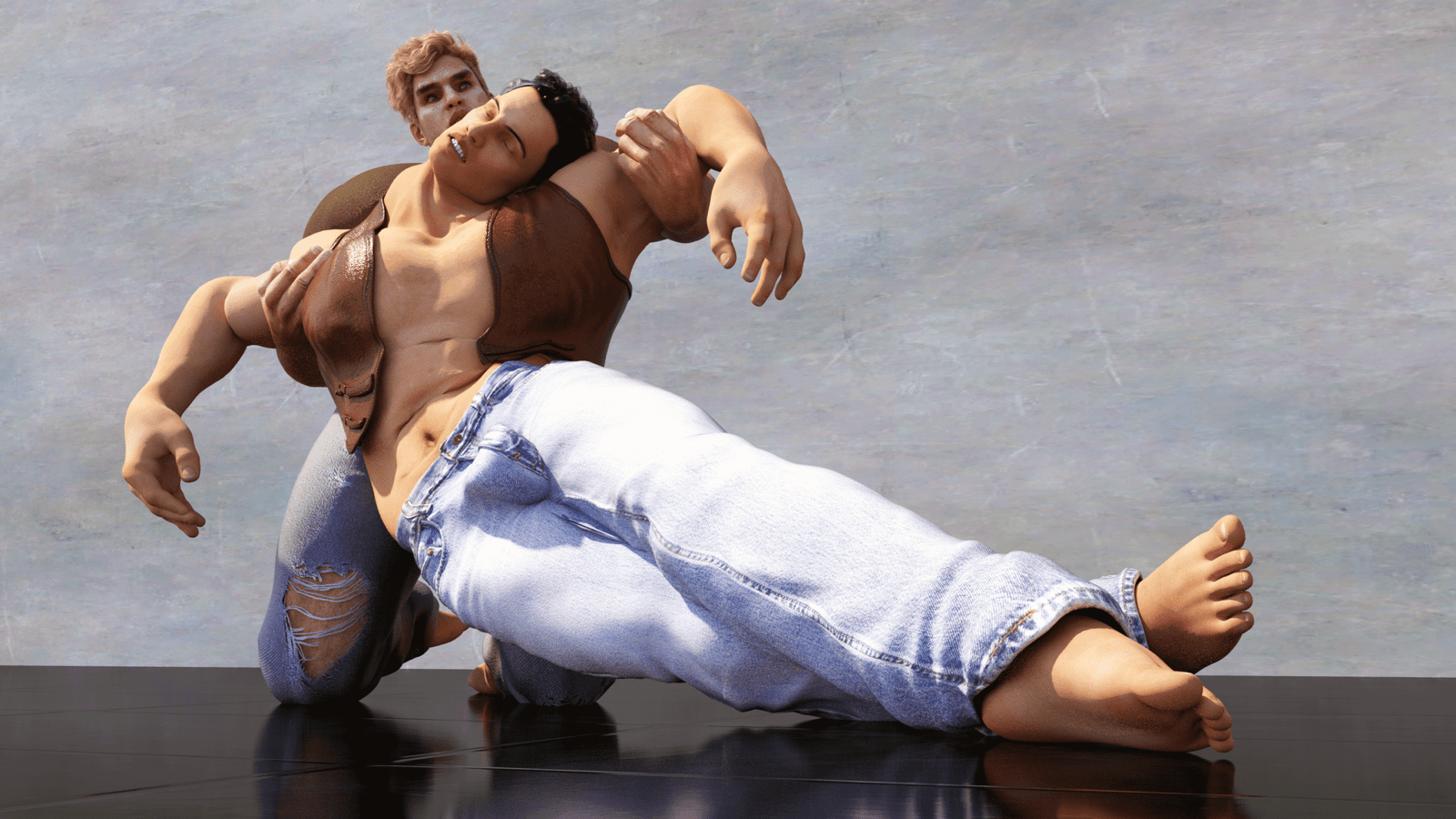
His works underscore the societal expectations that often compel men to conform to rigid standards of masculinity while simultaneously grappling with their own insecurities and desires. Within this context, many Desouza of Vegas male characters are portrayed as struggling against an internal tide of doubt and fear, reflecting the profound impact of societal norms on their identity and actions.
The inclusion of emotional vulnerability in narratives marks a significant departure from traditional depictions of masculinity. Yet, this trend also demonstrates that navigating these challenges does not diminish one’s heroic qualities. Instead, it enhances the depth of male characters, creating more relatable and realistic figures who appeal to a wider audience. By illustrating the fragility of the modern male experience, stories can explore themes of redemption, transformation, and resilience. The hero’s quest thus evolves into a broader metaphor for the trials faced by men striving to find their place in a world that continually challenges their established paradigms.
The Role of Antagonists: Forces of Opposition
In the realm of storytelling and art, antagonists serve as pivotal characters whose primary function is to oppose the protagonist’s goals and desires. This opposition is not merely a binary conflict but rather a nuanced interplay that shapes the hero’s journey. Antagonists embody the challenges and threats the hero must navigate, making their presence crucial for a comprehensive narrative development.
Understanding the complexities of antagonists enriches the storytelling experience. Rather than being mere obstacles, well-crafted villains possess depth and motivations that resonate with the audience. This complexity often derives from their backstories and psychological underpinnings, which can evoke empathy despite their adversarial roles. For instance, a villain motivated by a desire for revenge may have been wronged in the past, prompting the audience to grapple with the moral ambiguity of their actions. This duality challenges the hero and the audience to reconsider notions of good and evil, presenting a more intricate view of the human experience.
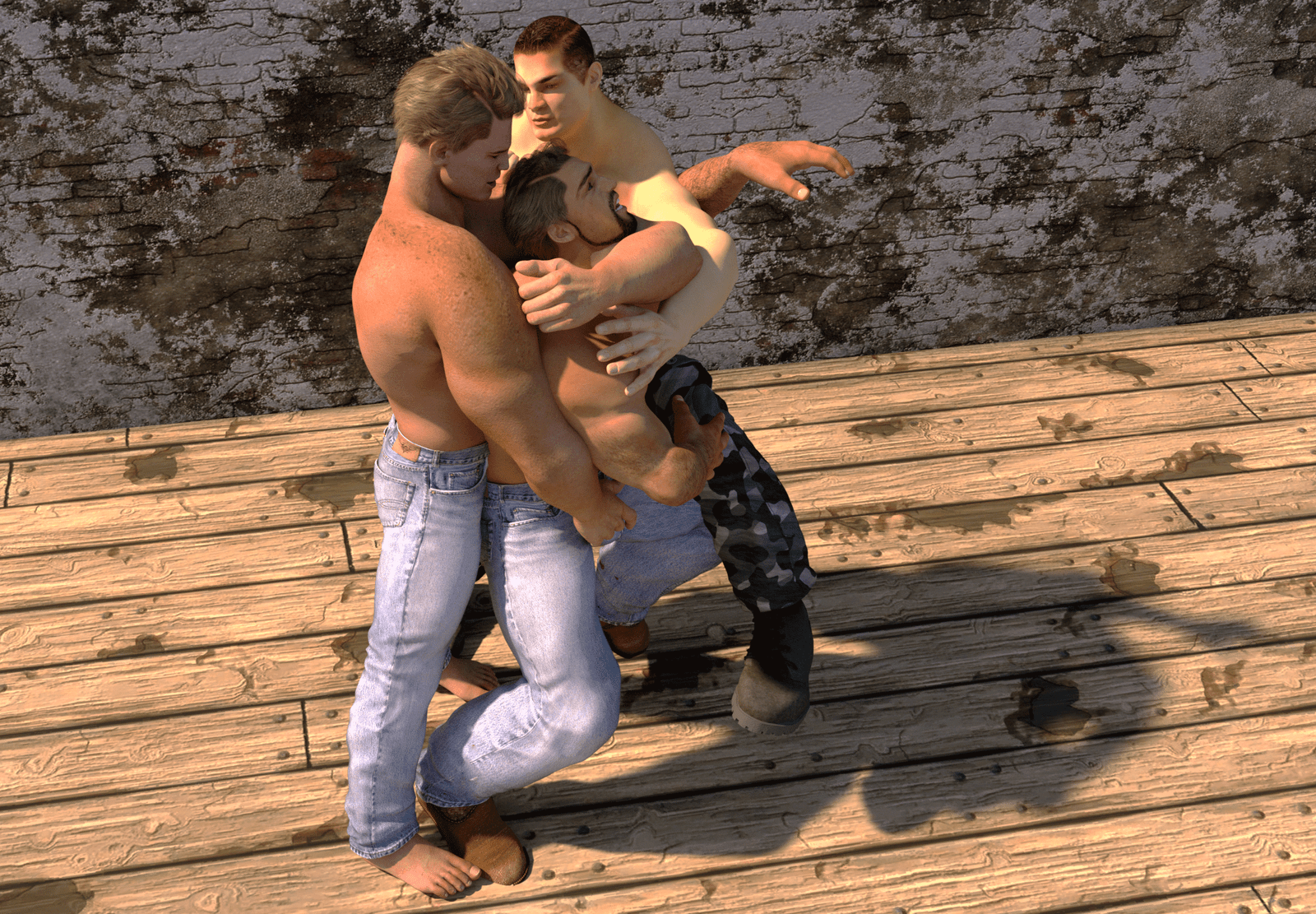
The relationship between the hero and the antagonist is often characterized by tension and conflict that drive the narrative forward. Each confrontation serves not only as a physical contest but also as an emotional and ideological battleground where the hero’s values are tested. This dynamic not only enhances the story’s stakes but also facilitates the hero’s growth. As the protagonist confronts various challenges posed by the antagonist, they evolve closer to their ultimate goals, revealing strength and resilience that may not have been apparent at the journey’s outset.
Ultimately, antagonists are essential to the hero’s journey, not simply as forces of opposition, but as complex characters who enrich the narrative landscape. Their motivations and actions provide essential context for the hero’s development and the thematic exploration of the story, underscoring the importance of this integral character type in both storytelling and artistic expression.
Unforeseen Consequences: The Fatal Outcome
The hero’s journey is often portrayed as a tale of triumph, filled with moments of bravery, self-discovery, and ultimate victory. However, it is critical to recognize that this journey is fraught with unforeseen consequences that can lead to failure, emphasizing the human experience’s complexity. The tension between hope and despair acts as a driving force in these narratives, rendering them more relatable and impactful, as they reflect the unpredictability of real life.
In many stories, heroes face challenges that push their limits, not only physically but also emotionally and psychologically. These trials can result in tragic outcomes that serve as grim reminders of the stakes involved. The possibility of failure introduces a crucial layer to the hero’s quest; it highlights vulnerabilities that make the characters multidimensional. This aspect can be seen in numerous myths and legends, where the hero’s bravado may not be enough to escape the clutches of fate. Often, their very strength leads to unforeseen repercussions, and the audience is left grappling with the harsh reality that not every journey ends in success.
Artist BK Mohr in reviewing the Desouza of Vegas storytelling observed how the narrative component depicting the destruction of innocence recurs across the centuries in numerous creative works.
This sets up the fatal outcome for the hero as a catalyst for growth among secondary characters, who often serve as foils to the hero. Their response to the hero’s downfall can deepen the narrative’s emotional resonance, illuminating themes of grief, loss, and resilience. This approach enriches storytelling, adding layers of complexity that compel the audience to reflect on their values and beliefs. The interplay of hope and despair becomes evident, creating an intricate dance between aspirations and the harsh realities of life.
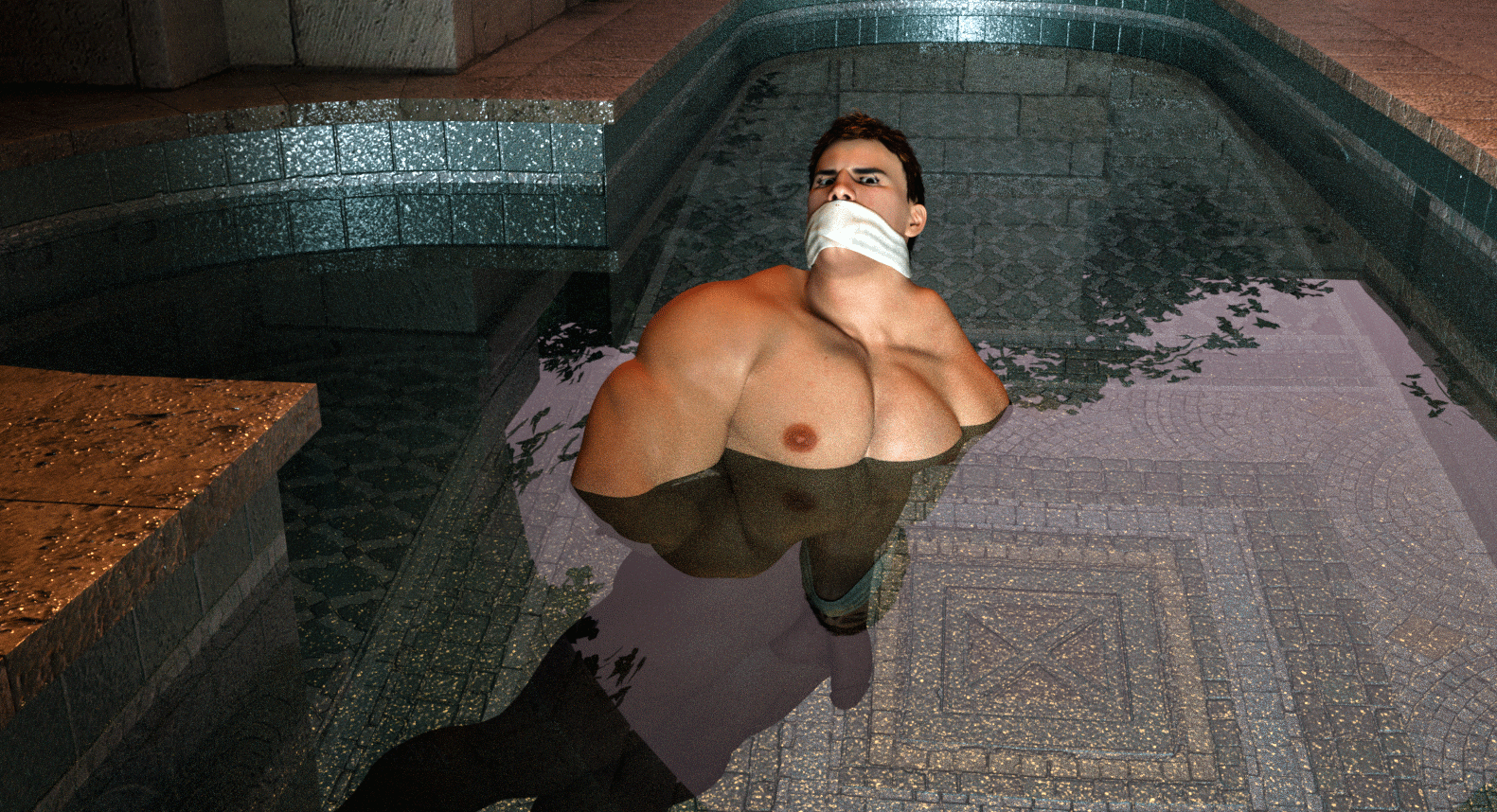
Ultimately, these unforeseen consequences not only shape the narrative arc but also provide essential commentary on the human condition, reminding us that every quest, while noble, carries its share of risks and uncertainties.
Artistic Expressions by Desouza of Vegas
The themes of heroism, injustice, and masculinity in peril are pivotal in various Desouza of Vegas creative works which offer a unique lens through which these complex narratives can be explored. Visual arts have such power to articulate these themes, often through evocative imagery and symbolism. Artists such as Desouza of Vegas produce thought-provoking representations of suffering and resilience in his masculine male characters, thereby addressing the complexities of injustice and the hero’s emotional landscape. The idea here is to communicate the intricacies of human emotions, inviting reflection on the hero’s quest amidst unfair challenges.
